Top 10 Tech Trends of 2014
In 2013, we saw a number of exciting tech products emerge. Some seem like they're here to stay (like fitness trackers and smart watches) while others look like flashes in the pan (see Android gaming consoles). In the year ahead, we will see a number of today’s early-adopter technologies go mainstream and some long-rumored halo products finally come to market. Predicting the future is always a risky business, but we’ve read enough high-tech tea leaves to make a highly-educated guess about the top 10 tech trends of 2014.
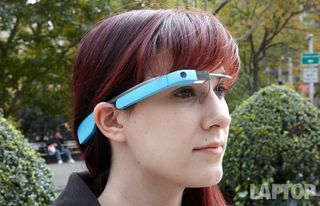
Google Glass / Wearable Computing Goes Mainstream
In 2013, Google finally shipped its Google Glass wearable computer to an invitation-only group of early adopters who were willing to pay $1,500 and put up with the challenges of a beta-level product. Now that the company has had the better part of a year to perfect its designs and build some buzz, we expect a less expensive, consumer version of Glass to launch, perhaps at Google’s I/O conference in May. Google won’t be the only company to sell a mass-market wearables next year as Samsung and LG could also release headsets in 2014. Upstarts like Meta and Atheer will offer more immersive, binocular devices for those on the cutting edge.
More: Google Glass: What Explorers Love and Hate
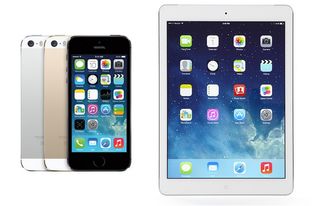
The iPhone and iPad Get Bigger
In a world where Samsung’s 5.7-inch Galaxy Note 3 and 5-inch Galaxy S4 are selling like hotcakes, Apple’s 4-inch iPhone 5s is the runt of the smartphone litter. While not exactly undersized, the 9.7-inch iPad is smaller than its 10.1 and 10.6-inch competitors. Expect Apple to introduce the iPhone 6 in Fall 2014 with a display that’s somewhere between 4.5 and 5-inches, the current standard of “normal” sized phones. The company is also reportedly building a 12-inch iPad.
More: iPhone 6 Features: What We Want From Apple
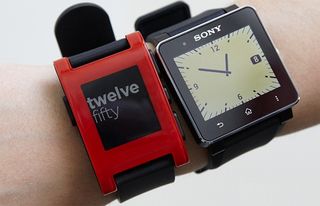
Smartwatches Finally Break Through
We saw a number of admirable attempts to build a mass market smartwatch in 2013. But whether it was a lack of apps and screen that goes dark on the Galaxy Gear or lackluster notification handling on the Pebble, each of the current devices lacks something special and all are way too expensive. In 2014, we expect Google and Apple to enter the smartwatch market in a big way. With Apple’s ability to leverage Siri and Google’s Google Now, both companies have assistant services that should work really well on your wrist, along with the ability to mass produce electronics at reasonable prices. Samsung will step up its game with a follow-up to the Galaxy Gear.
More: Smartwatch face-Off: Galaxy Gear vs Pebble vs Smartwatch 2
Stay in the know with Laptop Mag
Get our in-depth reviews, helpful tips, great deals, and the biggest news stories delivered to your inbox.

Windows 8.2 Brings Back the Start Menu
I can see the commercial ad now: an image of a giant anthropomorphic Start menu with eyes and a mouth that says “Did you miss me?” After eliminating the Start menu in Windows 8 and adding a faux Start button that only takes you back to the tile-based home screen in Windows 8.1, Microsoft will have its “new Coke” moment in 2014. A new version of Windows, perhaps called Windows 8.2, will bring the real Start menu back and allow you to run the new-style “Metro” apps in their own windows on the desktop. The tile-based “Modern UI” will still be there for users that want it, particularly those with tablets.
More: 8.1 Worst Windows 8.1 Annoyances And How to Fix Them
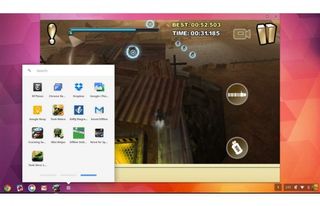
Chrome OS Looks More Like Windows
Google’s browser-centric Chrome OS operating system finally broke through in 2013, with several low cost Chromebooks hitting the market, along with an all-in-one desktop. The search giant also updated its operating system to allow a new class of offline programs it calls “packaged apps” while making the OS look and feel more like traditional desktop Windows. In 2014, we expect Chrome OS to continue evolving, with more offline apps and a better array of hardware. If Google can fix the lackluster offline experience and software publishers embrace the platform, it could compete very effectively with low-cost Windows PCs. At the same time, the Chrome OS UI will have to become more touch-friendly to keep up with a new generation of tablets and hybrids.
More: Chromebook vs. Tablet: Which Should You Buy?
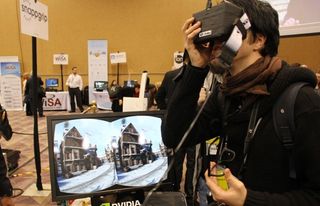
Oculus Rift Brings VR Gaming to the Masses
In 2013, we got our first look at the Oculus Rift, a VR headset that tracks your neck movements and makes you feel like you’re living in a game. After selling developer kits for $300 a pop, the company will finally unleash its product on consumers in 2014. A raft of new, immersive PC games will finally usher in the era of VR we’ve been waiting for since watching the Lawnmower Man 20 years ago.
More: Game Changer Awards – Most Innovative Tech Products 2013
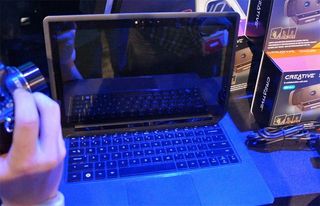
Ultrabooks Sport 3D Webcams
This past year, Creative Labs and Intel launched the Creative Senz3D camera, a dual-lens peripheral that allows you to do complex gesture recognition and augmented reality on a PC. However, few PC users, especially those with laptops, want to attach a bulky camera to the top of their screens. In 2014, the first Ultrabooks and tablets with built-in 3D cameras will appear on the market, allowing developers to create a whole new category of immersive software. Because these dual-lens cameras have depth perception they can track your fingers more effectively, separate your body from your background for greenscreen-like effects and project virtual objects on top of real-world items like children’s books.
More: CES 2014: 7 Trends to Watch
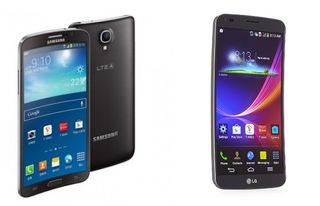
Smartphones Get High-Res, Curved Displays
In 2012, all high-end phones had 720p displays. In 2013, 1080p became the new standard for flagship handsets, and now we’re headed even higher. According to ZDNet Korea, Samsung’s upcoming Galaxy S5 will sport a 2,560 x 1,440 display This sounds like it will be the new standard, until we get 4K phones in 2015. At least some of 2014’s flagship phones will also use curved glass. After years of speculation, both LG and Samsung released phones with curved glass in late 2013, with the LG Flex even bending slightly to avoid damage. We don’t expect every phone to go curved or be bendable in 2014, but we’ll see this technology creeping into more models.
More: Most Anticipated Smartphones of 2014
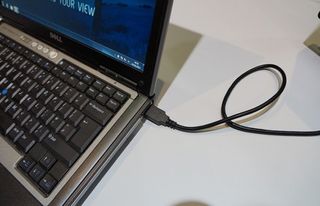
First Laptops Launch with USB Power Delivery
Because most smartphones use the same microUSB cables for charging, it’s easy to borrow a wire from a friend, dig one out of a drawer or buy a replacement at the corner store. However, if you lose your laptop’s AC adapter, you’ll have a much harder time finding a replacement, because each brand has its own proprietary connector. Enter USB Power Delivery, a new standard that will allow such high-wattage gadgets as laptops and large tablets to get both power and data over a single USB connection. At CES 2013, we saw a demo laptop getting power in and sending HD video out over USB. In 2014, we expect to see the first shipping products.
More: Your Laptop in 2018: The Future of Computing

Android PCs Battle for the Low-End
Despite all the great $1,200 laptops out there, the average PC notebook buyer spends only around $470. While you can get a Windows PC for well under $400, you usually have to make a lot of compromises. Though Google is targeting cost-conscious consumers with its Chrome OS, many hardware vendors prefer the company’s other operating system. In 2013, we saw a handful of Android laptops and all-in-one desktops from major PC vendors like HP and Acer. In the year ahead, we expect to see even more Android PCs with low price points, targeting consumers who are used to the OS from their phones and want to do more with it. By next holiday season, these PCs could give both Windows laptops and Chromebooks a run for their money.

